MAPEAMENTO DE ÁREAS DE ALAGAMENTO E RISCO DE INUNDAÇÃO NO MUNICÍPIO DE CURITIBA
Introduction: This study focuses on mapping flood-prone and inundation risk areas in the municipality of Curitiba, considering the growing relevance of the topic considering the complex challenges posed by climate change and the ongoing intensification of urbanization processes. The research is situated within the field of urban planning and environmental risk management, with a particular emphasis on strategies for climate adaptation and the incorporation of collaborative, citizen-driven technologies. A relevant gap is identified in both the literature and in institutional practices regarding the alignment between official hydrometeorological and civil protection data and the everyday perception of flooding events experienced by residents. This dissonance highlights the pressing need for integrated, participatory approaches capable of bridging technical analyses and community knowledge. Aims: The primary objective of the research was to map and compare urban flood risk areas by integrating Civil Defense records with popular perception data, thereby identifying critical zones and providing a foundation for proposing sustainable alternatives for drainage and stormwater management. Materials and methods: The methodology involved the georeferencing of more than 1,300 responses obtained through an online public form, combined with the systematic collection of official incident records spanning the period from 2009 to 2023. These datasets were cross-analyzed, enabling the production of comparative thematic maps to support evidence-based decision-making. Results: The findings indicated a substantial convergence between population-based and institutional data, while also revealing significant discrepancies that expose weaknesses in institutional coverage, monitoring, and response capacity. Based on these analyses, spatial patterns of vulnerability were identified, and green infrastructure solutions, such as bioswales, permeable pavements, and rain gardens, were proposed as viable interventions Final considerations: The study concludes that integrating official data with citizen participation strengthens sustainable urban planning, exposes limitations in current public policies, and creates opportunities for future research and more inclusive, adaptive practices.
Keywords: Flooding; Participatory mapping; Urban drainage; Curitiba; Environmental risks.
Para validarmos seu voto, por favor, preencha os campos abaixo. Alertamos que votos duplicados ou com CPF inválido não serão considerados.






